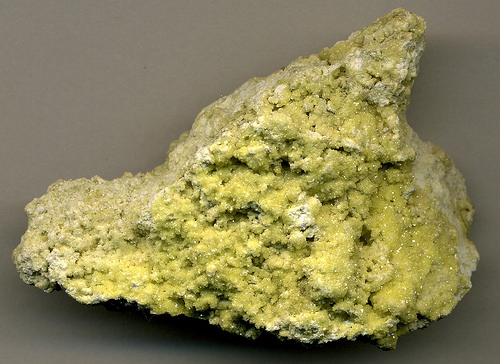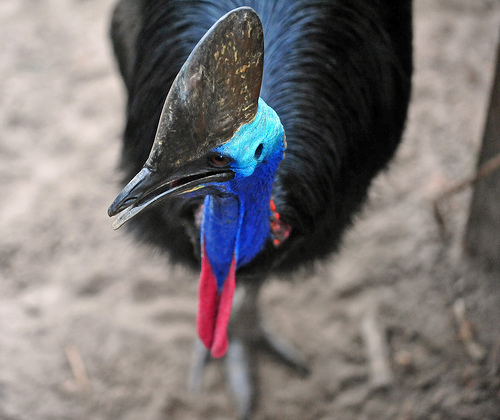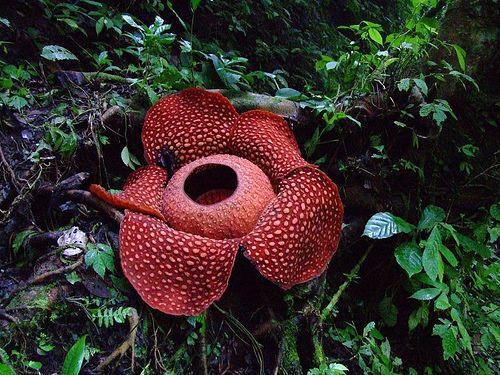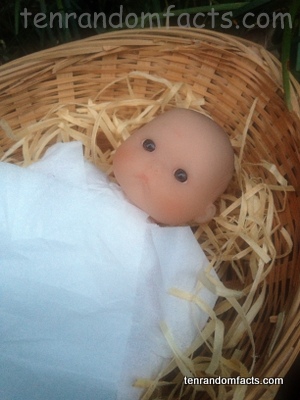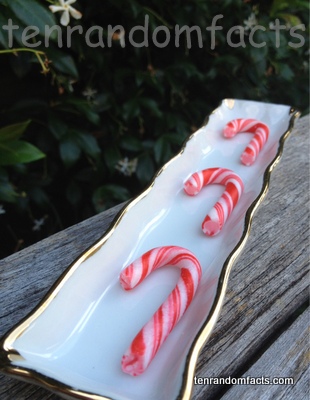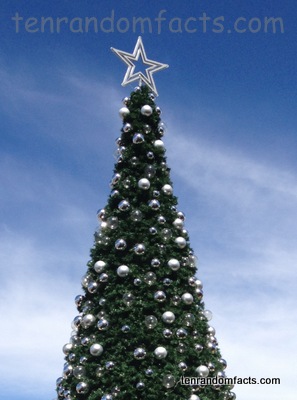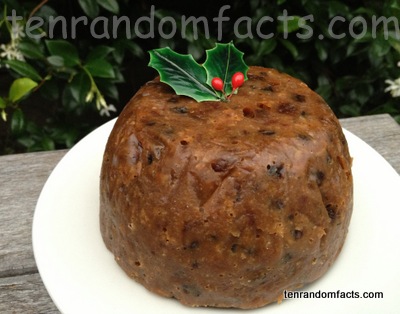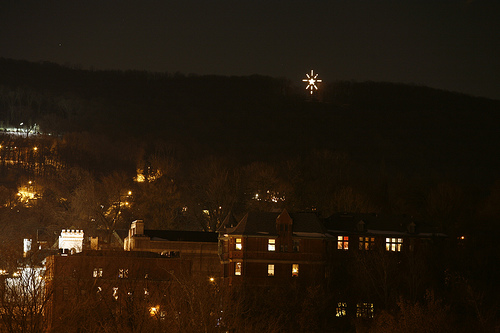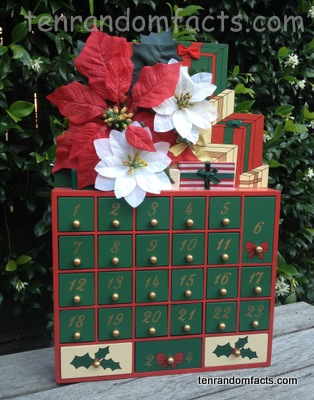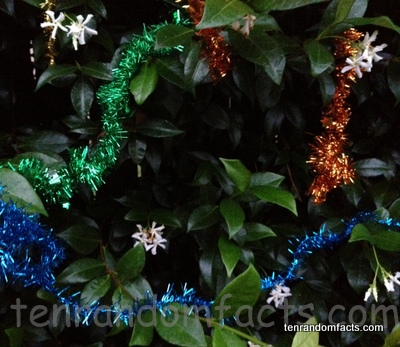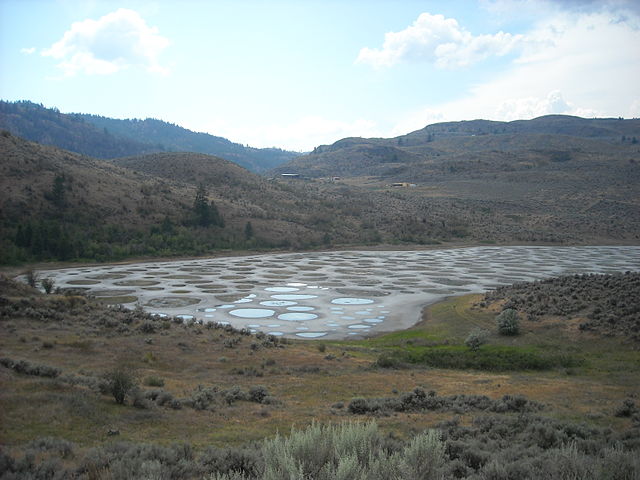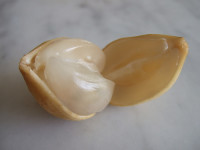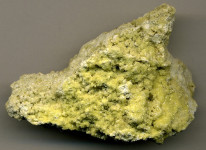
Don’t lose your senses under the smell of sulfur!
- Sulfur is an element that is part of the periodic table, scientifically notated as ‘S’, while 16 is its atomic number.
- The cosmos’ tenth most common element is sulfur, which can be found naturally in stars of massive size, in meteorites, and in volcanic gases.
- Sulfur, also known and spelled as ‘sulphur’, is coloured yellow in its purist form; though it changes to a red coloured liquid upon reaching a heat of approximately 200° Celsius (392° Fahrenheit).
- Originally, sulfur was mined in a somewhat pure form or extracted from pyrite, however in modern times the element is extracted from fossil fuels such as petroleum.
- The identification and use of sulfur has been present throughout many ancient civilisations, including Egypt, India, Greece and China, and the element was often used for primitive medical purposes.
Volcanic Sulfur
Image courtesy of James St. John/Flickr
- Fertilisers, pesticides, cellophane, paper bleach, rayon, detergents, as well as preservatives purposed for dried fruit, all often make use of sulfur.
- Sulfur is relatively safe for humans in its elemental form, however when combined with other elements, it can cause harm through breathing it in a gas form, or on contact with skin.
- Compounds with strong smells, typically those unpleasant, generally consist of sulfur; including the odour of rotten eggs, the spray of skunks, and garlic.
- Sulfur melts at 388.36 Kelvin (115.21° Celsius or 239.38° Fahrenheit); boils at 717.8 Kelvin (444.6° Celsius or 832.3° Fahrenheit); and produces a flame of a blue colour.
- Sulfur has been used as an ingredient in multiple medicines, particularly those to cure skin diseases, due to the element’s ability to kill bacteria.
Bibliography:
The Element Sulfur, n.d, Jefferson Lab, http://education.jlab.org/itselemental/ele016.html
Sulfur, 2015, Los Alamos, http://periodic.lanl.gov/16.shtml
Sulfur, 2015, Wikipedia, https://en.wikipedia.org/wiki/Sulfur





